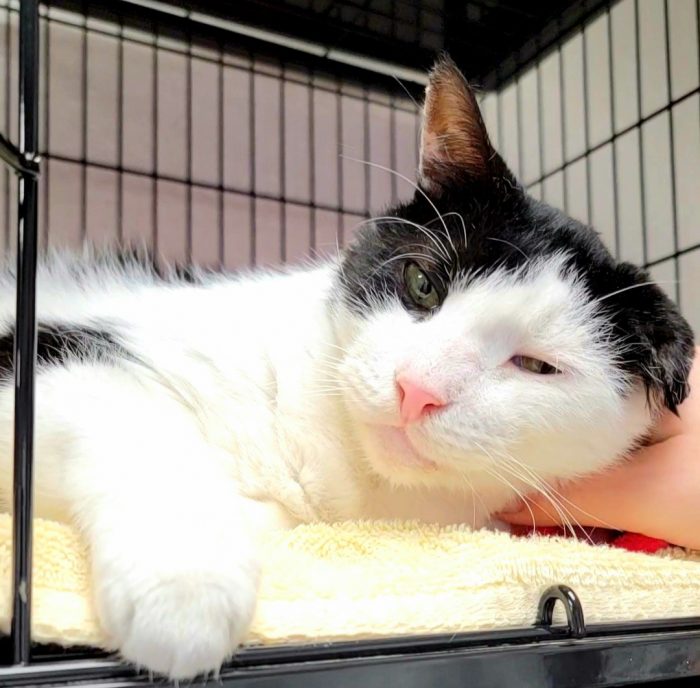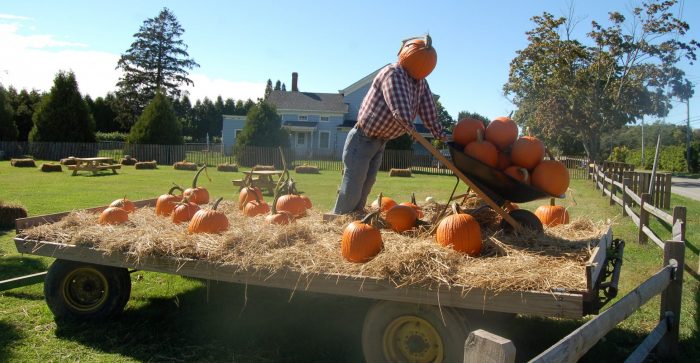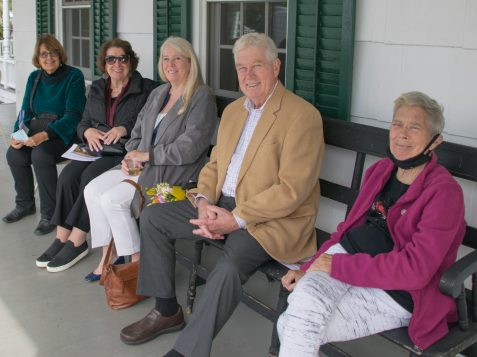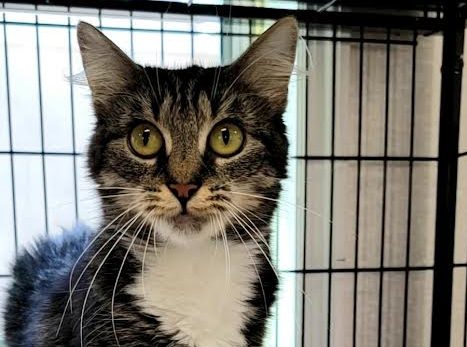By Barbara Beltrami
As far as I can tell it’s the pumpkin pie filling that everyone craves. Since it’s really nothing more than a pudding or custard, why not forget about the crust and go straight to the filling with pumpkin rice pudding, pumpkin-peanut parfait or pumpkin custard? The farm stands still have pumpkins galore and one I stopped at had a sign that said that all pumpkins are edible. So there’s no need to wait till Thanksgiving for your pumpkin fix; grab one or two modest sized ones or pick up a can of pumpkin puree at the supermarket to treat your family or guests to a smooth and creamy pumpkin dessert.
Pumpkin – Ginger Snap Rice Pudding
YIELD: Makes 8 servings
INGREDIENTS:
2 cups water
1 cup arborio rice
3 cups milk
1 cup pumpkin puree
3/4 cup honey
1 teaspoon vanilla extract
1 teaspoon cinnamon
1/2 teaspoon ground ginger
1/4 teaspoon ground nutmeg
Pinch of salt
1 1/2 cups crumbled ginger snaps
8 whole ginger snaps
1/2 pint whipped cream
DIRECTIONS:
Preheat oven to 375 F. In a large ovenproof saucepan bring the water to a boil; stir in rice, cover and simmer until most of the water has been absorbed, about 20 minutes. In a large bowl whisk together the milk, puree, honey, vanilla, cinnamon, ginger, nutmeg and salt. Immediately add pumpkin mixture to hot rice; stir well; cover and place saucepan in oven. Bake until liquid is reduced by one third and mixture is bubbly and foamy, about 45 minutes. Remove from oven, stir well, transfer to large bowl and refrigerate for at least 8 hours. When ready to serve, spoon mixture and crumbled ginger snaps in alternating layers into wine glasses or stemmed dessert dishes; top with whipped cream and garnish with whole gingersnaps. Serve with hot apple cider.
Pumpkin-Peanut Parfait
YIELD: Makes 6 servings
INGREDIENTS:
4 cups milk
1 1/2 cups pumpkin puree
1 teaspoon cinnamon
1/2 teaspoon ground allspice
1/4 teaspoon ground cloves
1 teaspoon ground ginger
1 1/4 cups sugar
1/3 cup cornstarch
1/2 teaspoon salt
5 egg yolks
1 teaspoon vanilla extract
2 tablespoons unsalted butter
1 1/3 cups chopped salted peanuts
DIRECTIONS:
In a medium saucepan combine 3 cups of the milk, puree, cinnamon, allspice, cloves and ginger; whisk to combine then cook to a simmer over medium-low heat. In a large bowl whisk together sugar, cornstarch, salt, egg yolks and remaining cup milk. Whisk half the hot milk-pumpkin mixture into the egg mixture, then transfer back to saucepan and whisk to combine with remaining hot milk mixture. Continue to cook, stirring constantly, over medium heat until mixture boils; continue to cook, still whisking constantly, until mixture thickens, about 4 minutes. Remove from heat and stir in vanilla and butter. Layering alternately with peanuts, transfer to stemmed glasses, then refrigerate covered, at least two hours. Serve with whipped cream.
Pumpkin Custard
YIELD: Makes 4 servings
INGREDIENTS:
3/4 cup pumpkin puree
2 large eggs
12 ounces evaporated skim milk
1 teaspoon vanilla
1/2 cup brown sugar
2 teaspoons cornstarch
1/2 teaspoon cinnamon
1/2 teaspoon ground ginger
Pinch salt
DIRECTIONS:
Preheat oven to 350 F. In a large bowl whisk together the pumpkin puree, eggs, milk and vanilla. In another large bowl combine the sugar, cornstarch, cinnamon, ginger and salt. Sift sugar mixture into pumpkin mixture; stir until dry ingredients are completely absorbed; pour into 3/4-cup custard dishes. Place custard dishes in 9” x 13” oven dish and fill it with enough hot water to reach halfway up dishes. Bake 45 to 50 minutes, until custard is set and top is nicely browned. Transfer custard to wire racks to cool. Serve with crème fraîche.































